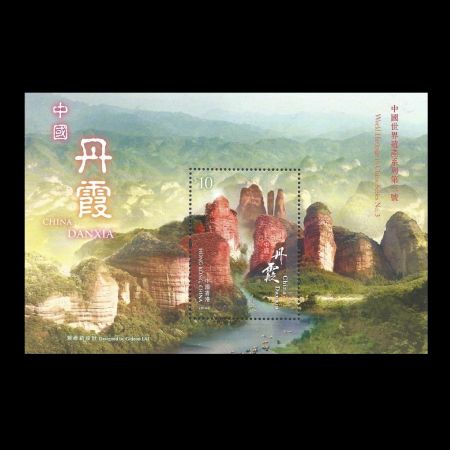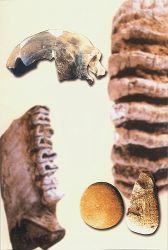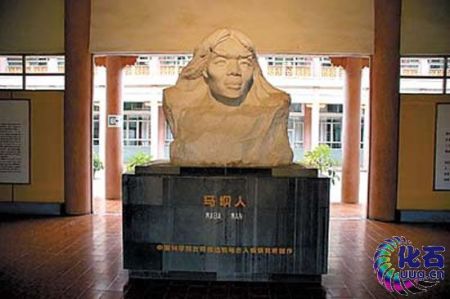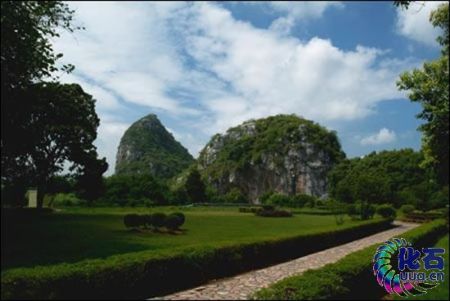| <prev |
| Issue Date | 04.12.2014 |
| ID | Michel: Scott: Stanley Gibbons: Yvert: UPU: N/A Category: pR |
| Author | Gideon LAI |
| Stamps in set | 1 |
| Value | $1,30 - Prionosuchus plummeri |
| Emmision | commemorative |
| Places of issue | >Hong Kong |
| Size (width x height) | stamp 37.5 mm x 51 mm, block 140 mm x 90 mm |
| Layout | Block |
| Products | FDC x1 |
| Paper | Paper with security fibres |
| Perforation | 13.25 |
| Print Technique | Lithography plus silk screen printing |
| Printed by | Joh. Enschedé B.V., the Netherlands |
| Quantity | |
| Issuing Authority | Hongkong Post |

Hongkong Post released stamp sheetlet No. 1 of the World Heritage in China Series in 2012 and No. 2 of the Series in 2013, showcasing the magnificent vistas of the Great Wall and the Old Town of Lijiang respectively. The stamp sheetlet on the World Heritage in China Series No. 3: China Danxia further presents us with the wondrous and amazing natural heritage of our motherland under the theme of China Danxia.
China Danxia was inscribed on the World Heritage List by the World Heritage Committee under the United Nations Educational, Scientific and Cultural Organization (UNESCO) in 2010. It comprises Taining in Fujian, Langshan in Hunan, Danxiashan in Guangdong, Longhushan in Jiangxi, Jianglangshan in Zhejiang and Chishui in Guizhou. Developed on continental red terrigenous sedimentary beds influenced by endogenous forces (including tectonic uplift) and exogenous forces (including weathering and erosion), Danxia landforms are characterized by spectacular red cliffs and a range of erosional landforms, including dramatic natural pillars, towers, ravines, valleys and waterfalls.
In the background of the stamp sheetlet is Langshan in Hunan, presenting the unique landforms of China Danxia through the extensive, magnificent peak forest defined by domed mountains. Jianglangshan in Zhejiang is depicting in the rear middle, with lofty isolated mountains soaring high into the sky, creating a spectacle. In the left foreground is Danxiashan in Guangdong, a breathtaking wonder composed of red precipices at an altitude of several hundred metres. On the front right is Longhushan in Jiangxi. Towering over the adjacent riverbank, the precipitous peak forest is as beautiful as a landscape scroll. Langshan in Hunan, Jianglangshan in Zhejiang, Danxiashan in Guangdong and Longhushan in Jiangxi each have their distinctive geological features. With the aid of computer technology, these Danxia landforms are perfectly interwoven and displayed on the stamp sheetlet. The splendour of nature is beautifully presented for all to see.
< |
Fossils of many mammals: hyenas, pandas, bears, tapirs, porcupines, saber-toothed elephant, elephant, etc. found at the same area with Maba Man fossil - The image above shows: fossil cranium of the Maba Man: (up-left); Fossil teeth of the Stegodon: (up-right); Fossil mandible of rhinoceros: (bottom-left); Stone hammer: tool (left of the bottom-right, diameter is 5.8 cm); Stone chopper: tool (right of the bottom-right, length 15. 8 cm).
Images below: Maba Man Museum Site (left), Maba Man Site location - Lion Rock - fossil-found site (right). This images are from UUA.cn site.
 |
 |
References: Wikipedia UUA.cn Chinacultur.org
| <prev |
 |
|
Last update 20.01.2018
Any feedback, comments or even complaints are welcome: [email protected] (you can email me on ENglish, DEutsch, or RUssian)